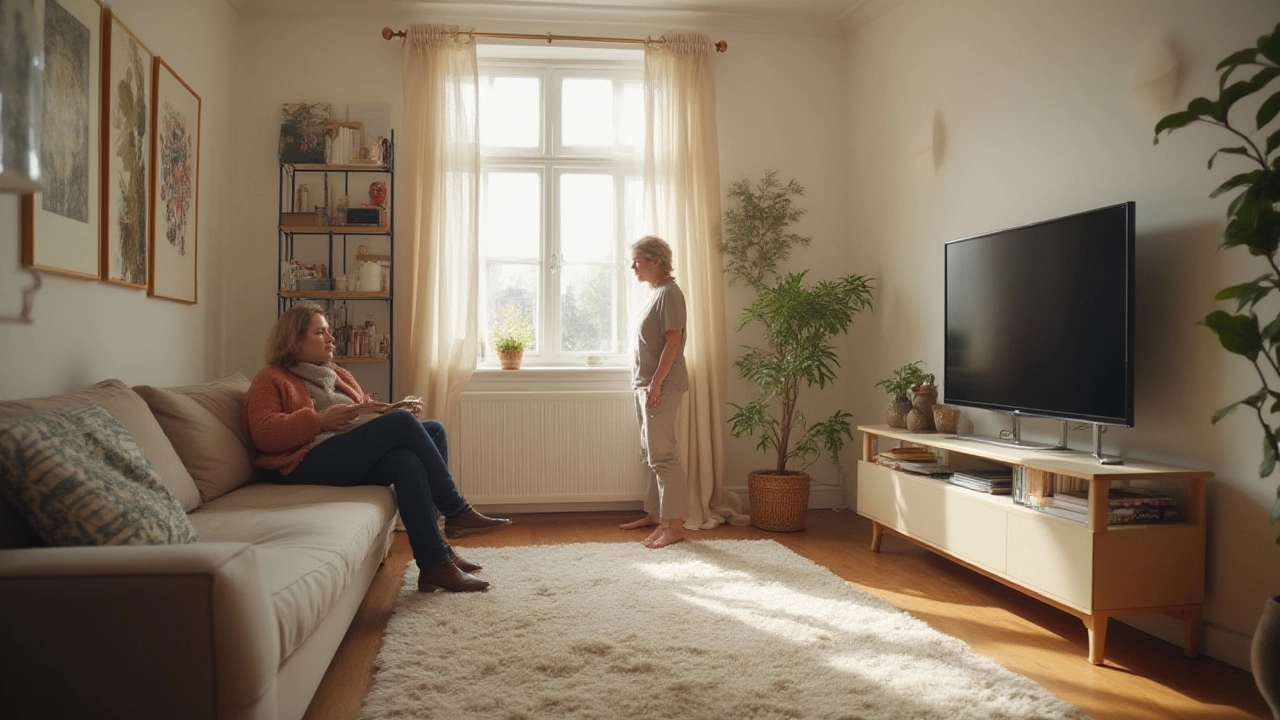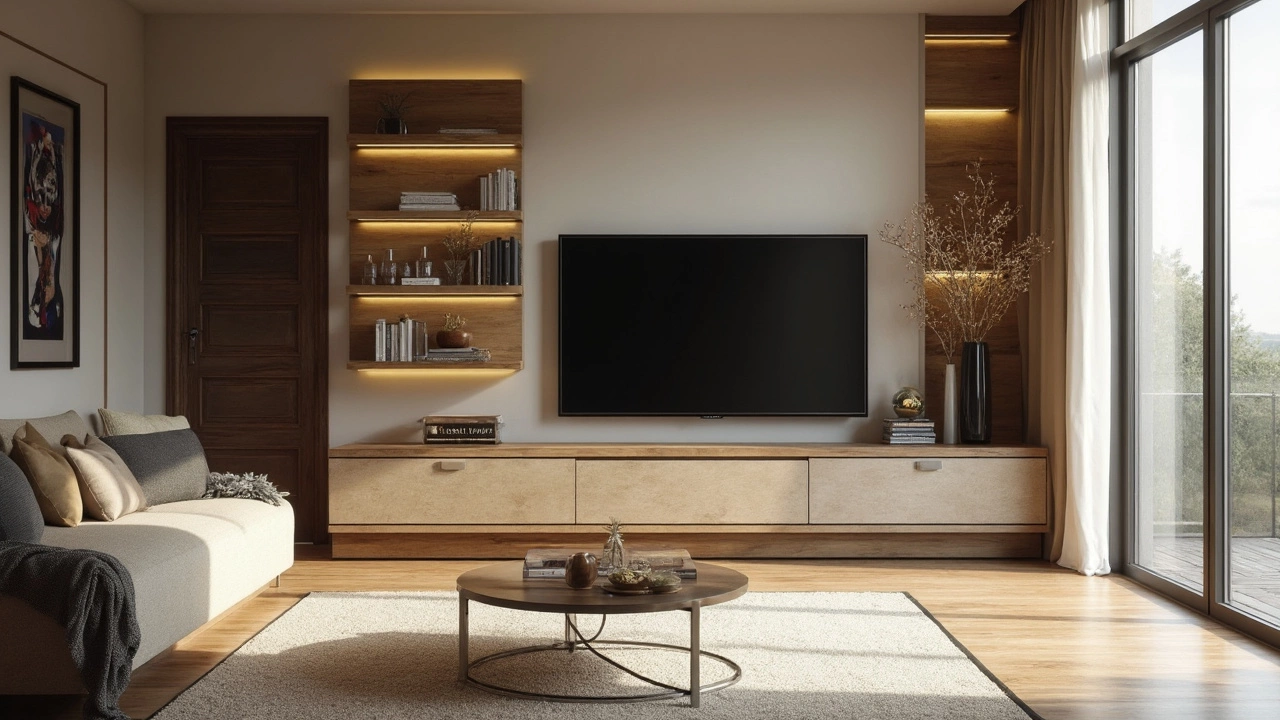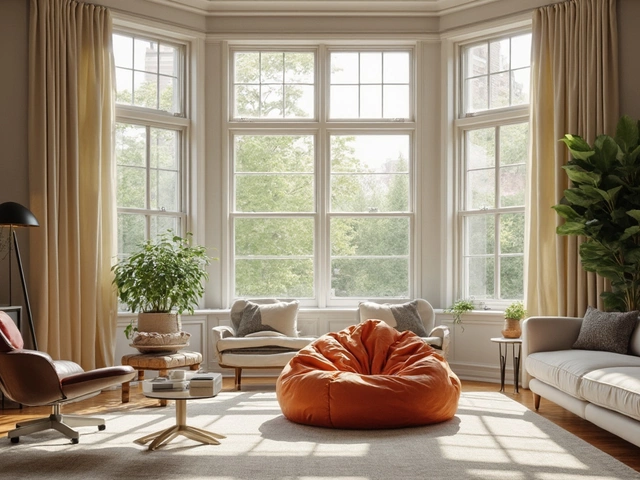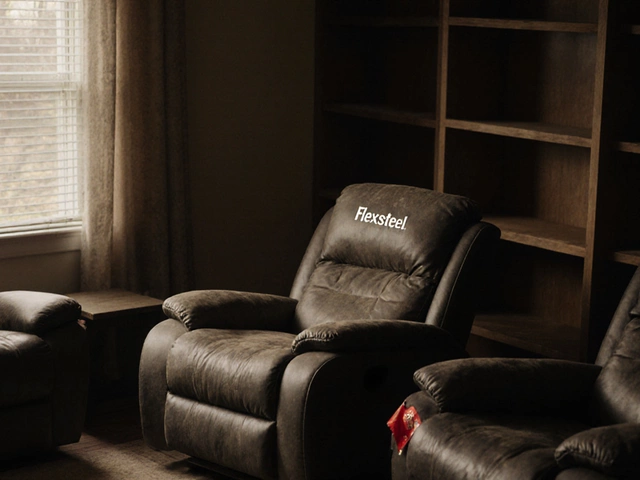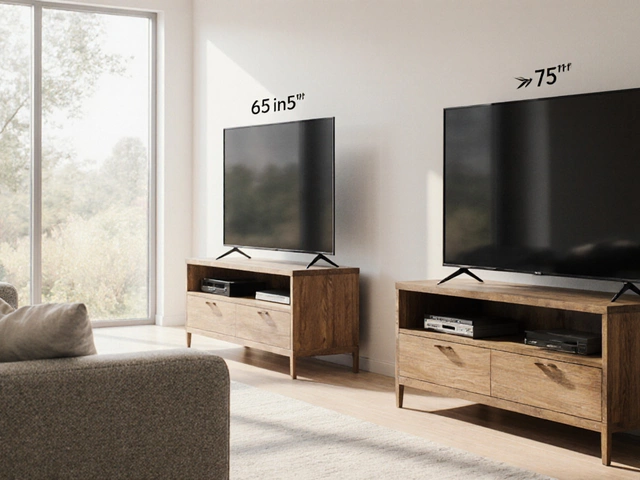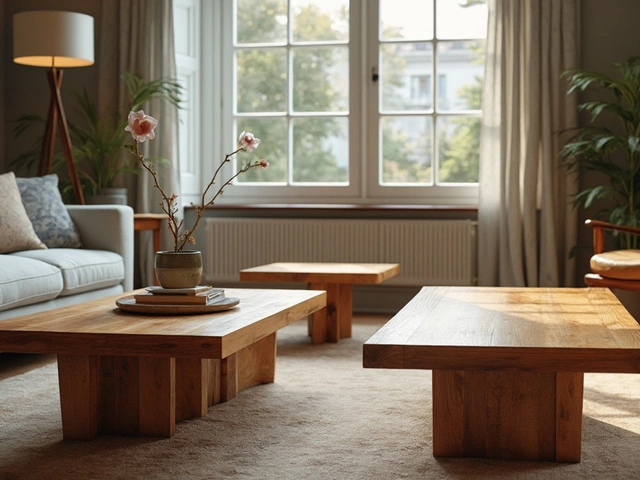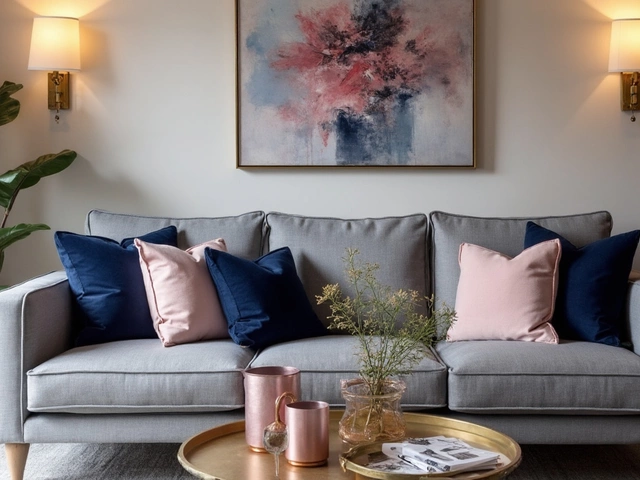TV Stands: How to Choose the Right One for Your Space
Ever notice how a good TV stand can make a room feel organized while a bad one looks cluttered? The right stand does more than hold a screen – it balances height, adds storage, and even sets the style tone. Below you’ll find practical tips to pick the perfect stand, decide on the right size, and discover smart alternatives if a traditional stand isn’t your vibe.
Size matters: width, height and depth explained
First, measure the TV. The stand should be at least as wide as the screen, but a few extra inches on each side give a balanced look. For a 55‑inch TV, aim for a stand around 120 cm (47 in) wide. Height is next – the ideal viewing height places the TV’s center about eye‑level when you sit. Most people sit 40‑45 cm (16‑18 in) from the floor, so a stand height of 55‑65 cm (22‑26 in) works well for most couches.
Depth is often overlooked. A stand deeper than the TV’s base ensures stability, especially if you have a wall‑mounted TV with cables behind it. A depth of 35‑45 cm (14‑18 in) typically provides enough room for ventilation and cable management without sticking out too far.
Creative alternatives to traditional TV stands
If you don’t want a bulky piece of furniture, there are plenty of stylish options. Floating wall consoles give a modern, airy feel while keeping cords hidden. A sleek bookshelf can double as a media hub, offering space for games, books and decorative items. For small rooms, consider a multi‑purpose ottoman with built‑in storage – lift the lid and you’ve got a hidden compartment for remotes and DVDs.
DIY solutions are also popular. A simple pair of sturdy brackets paired with a reclaimed wood board creates a custom low profile stand in under an hour. Just make sure the brackets are rated for the TV’s weight and the board is thick enough (at least 2 cm/¾ in) to avoid wobbling.
Safety is key, especially with kids or pets around. Anchor tall stands to the wall to prevent tipping. If you go with a floating console, use appropriate wall anchors for the type of wall (drywall, plaster, brick). Check the TV manufacturer’s guidelines for maximum over‑hang – most screens recommend a 2‑inch (5 cm) over‑hang on each side.
Storage isn’t just about hiding cables. Look for stands with adjustable shelves, drawers or hidden compartments. This helps keep game controllers, streaming devices and magazines out of sight while still within arm’s reach. Some modern stands even feature built‑in power strips, so you can plug everything in one place without a tangle of cords.
When you’re choosing a finish, think about the rest of the room. Light wood blends well with Scandinavian looks, while black metal suits industrial interiors. If you already have a desk or bookshelf in the same wood tone, matching the TV stand creates a cohesive feel without extra effort.
In short, the perfect TV stand balances size, height, storage and style. Measure your TV, match the stand to your viewing height, and consider alternatives if space is tight. With a bit of planning you’ll end up with a setup that looks great, works well and keeps everything safe and tidy.
